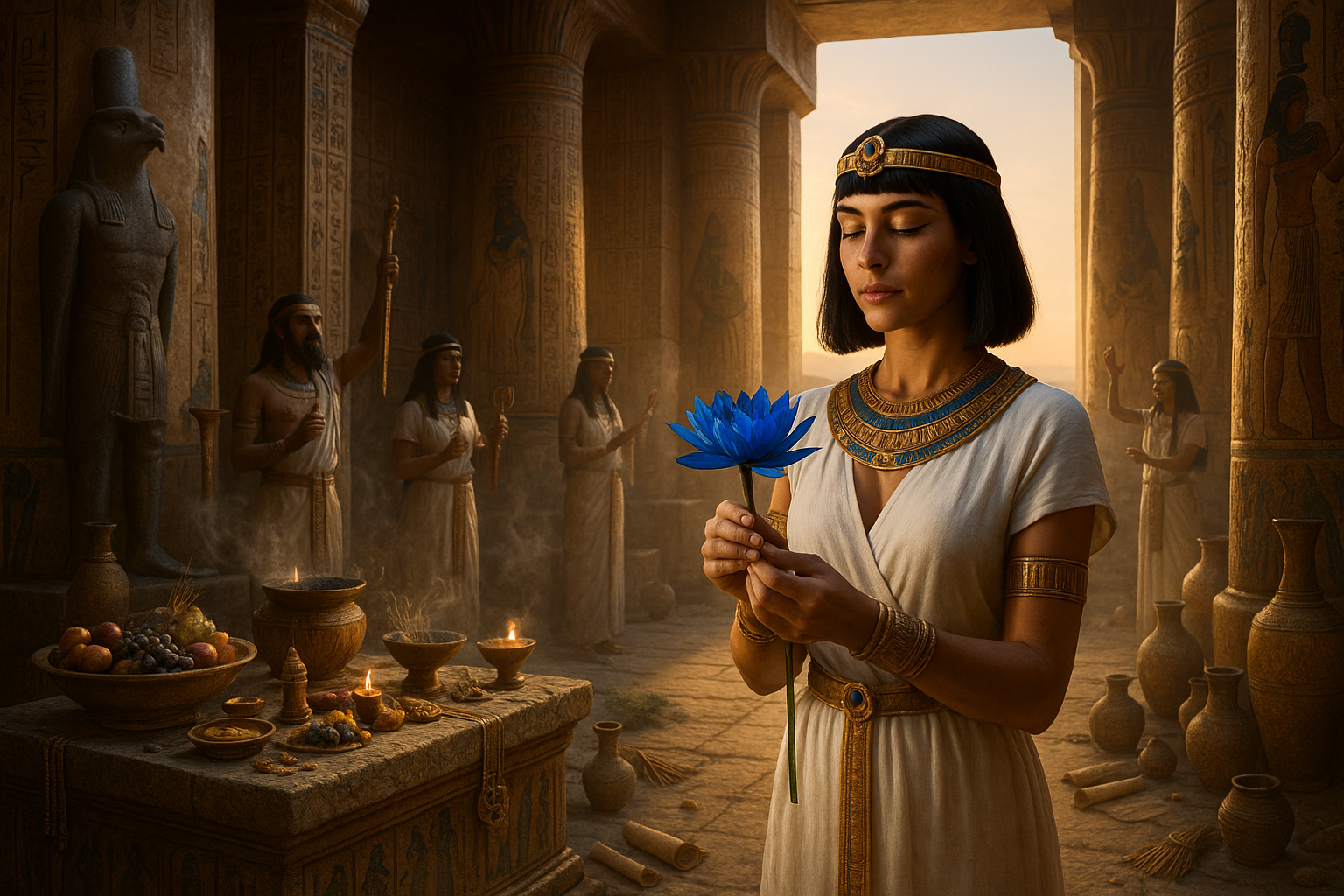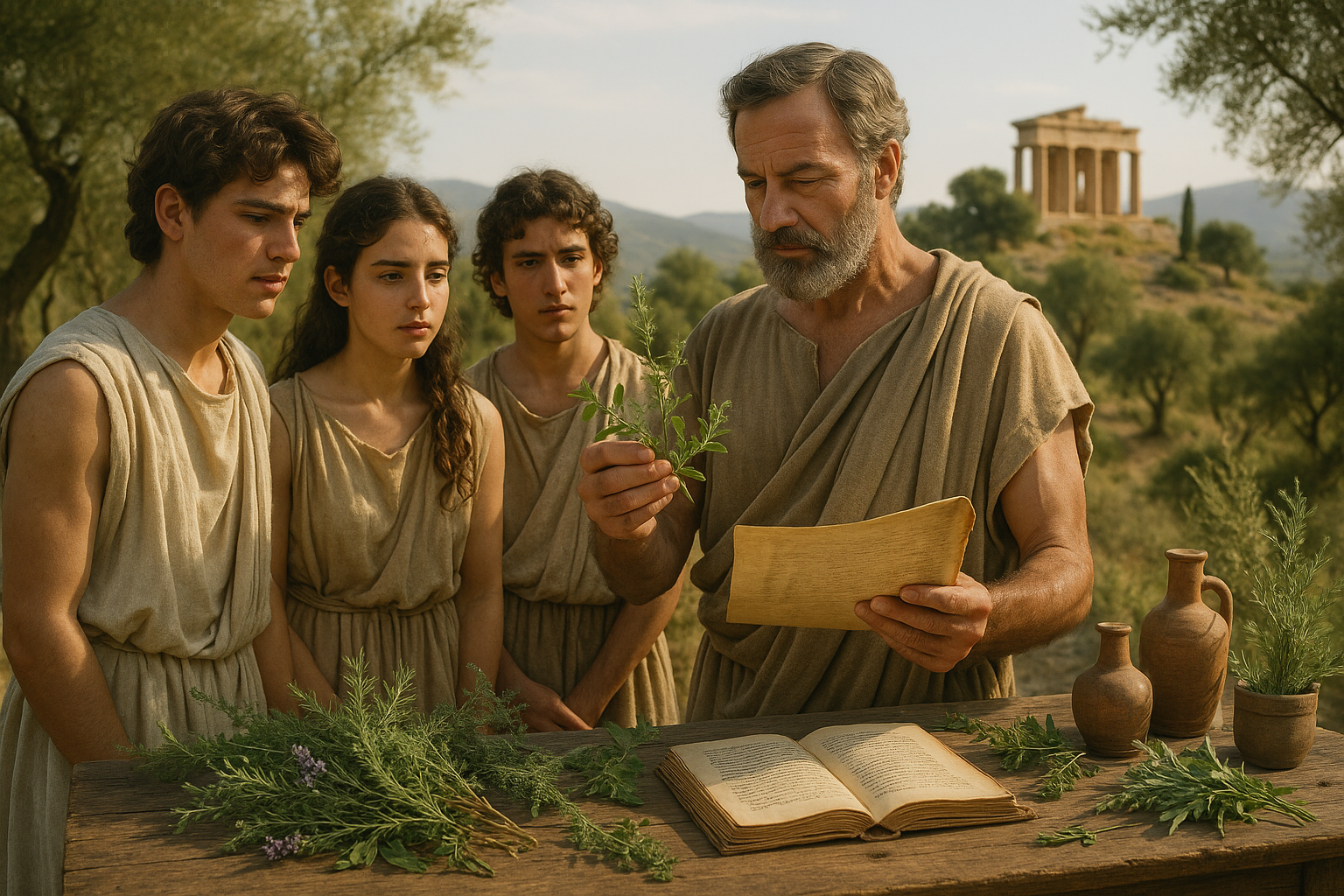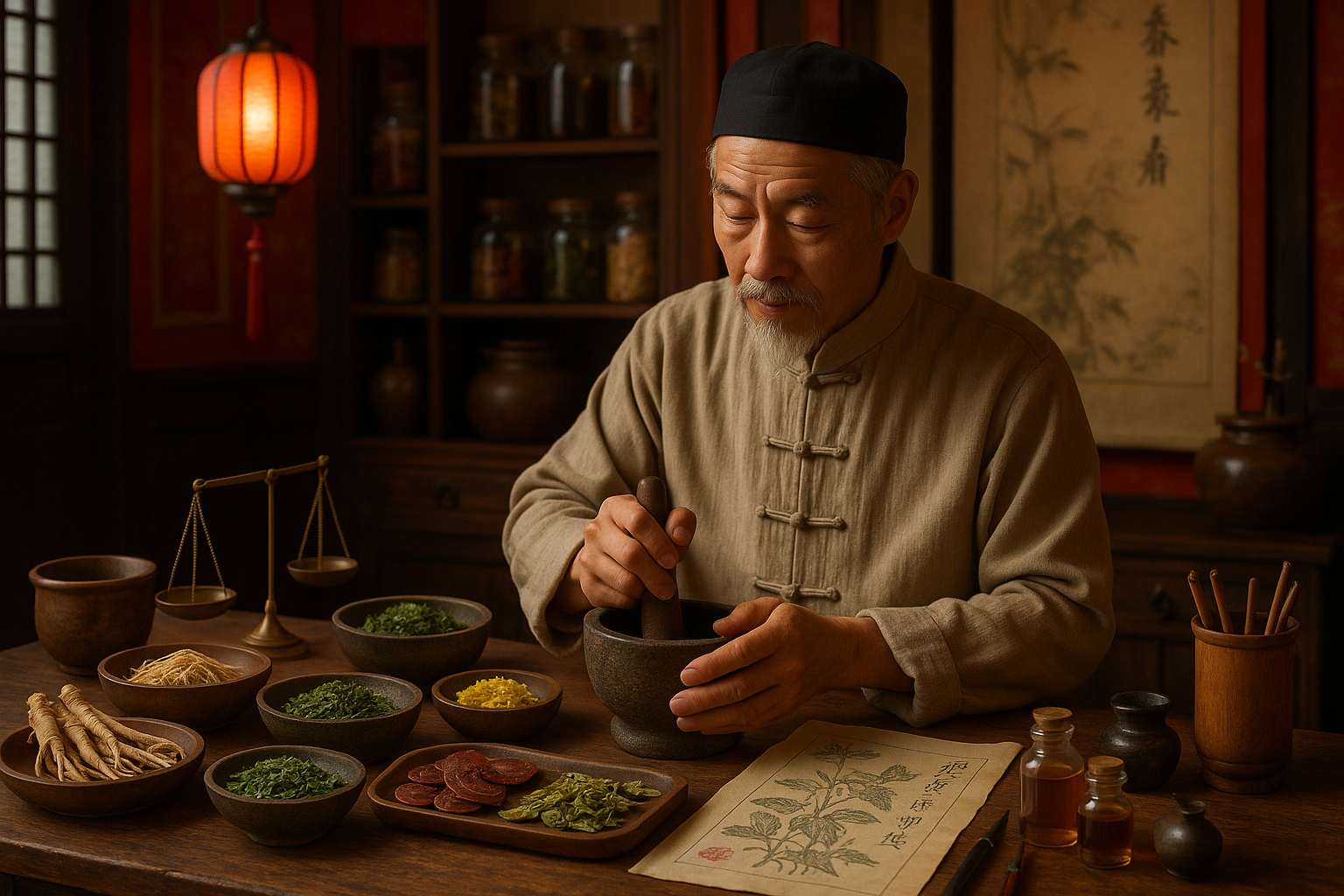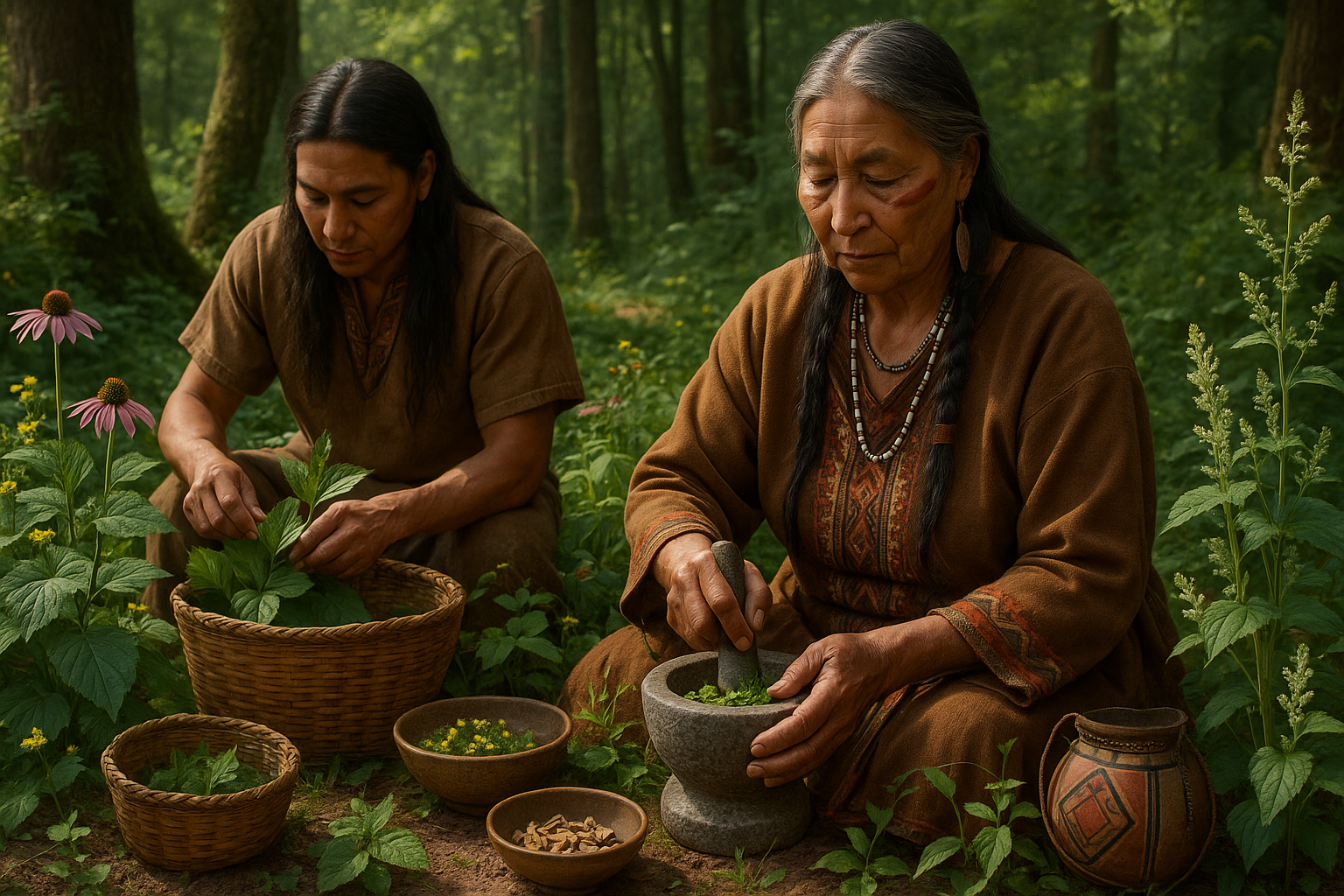In the heart of ancient Egypt, amidst the enigmatic pyramids and sprawling temples, flourished a mysterious and captivating flower: the Blue Lotus 🌸. This seemingly simple bloom held profound significance, weaving its way into the very fabric of Egyptian spirituality and daily life. Its potent symbolism and potential uses have intrigued historians and mystics alike for centuries. Today, as we embark on a journey to unlock the mysteries of the Blue Lotus, we unravel the threads of ancient rituals, sacred symbolism, and discover how this mystical plant continues to enchant us even in modern times.
The ancient Egyptians revered the Blue Lotus not just as a plant, but as a powerful symbol intertwined with creation, rebirth, and the divine. This iconic flower frequently appeared in art, hieroglyphs, and religious texts, representing the continuous cycle of life. But what makes the Blue Lotus so special? What secrets lie within its delicate petals? And how did it become such an integral part of Egyptian culture?
Our exploration begins by delving into the ancient rituals that celebrated the Blue Lotus. These ceremonies weren’t merely about aesthetic admiration; they were profound spiritual experiences. The flower was often used in rituals to honor deities like Ra and Osiris, symbolizing the sun, creation, and regeneration. The sacred rites involving the Blue Lotus were believed to bridge the earthly and divine realms, providing a conduit for spiritual awakening and enlightenment. 🕊️
As we peel back the layers of history, we’ll also examine the role of the Blue Lotus in ancient Egyptian art and iconography. Its depiction in tomb paintings and temple carvings speaks volumes about its cultural importance. The Blue Lotus was more than a symbol; it was an integral part of storytelling and myth-making. Through these artistic expressions, the ancient Egyptians conveyed complex philosophical ideas about life, death, and the cosmos.
But the Blue Lotus wasn’t just revered for its symbolism. It also possessed practical uses that extended beyond the spiritual realm. Ancient texts and modern research suggest that the Blue Lotus might have been used for its psychoactive properties, possibly as a means to enhance consciousness or induce trance-like states during rituals. 🌿 This aspect of the Blue Lotus opens up fascinating discussions about the plant’s potential as a natural source of healing and transformation.
In modern times, the allure of the Blue Lotus continues to captivate those seeking spiritual growth and holistic well-being. We’ll explore how contemporary practitioners incorporate the essence of this ancient flower into meditation, aromatherapy, and herbal medicine. The timeless appeal of the Blue Lotus reminds us of the interconnectedness of all life and the eternal quest for knowledge and enlightenment.
As we journey through this exploration, key topics will emerge. We’ll uncover the botanical characteristics of the Blue Lotus, distinguishing it from other similar species. We’ll also dive into the myths and legends surrounding its origins and its role in Egyptian mythology. Furthermore, we’ll discuss the scientific studies that seek to understand its chemical compounds and potential health benefits.
This rich tapestry of historical intrigue, spiritual symbolism, and modern application is not just a story of a flower but a testament to the enduring human spirit. By unlocking the mysteries of the Blue Lotus, we gain insights not only into the past but also into our own potential for growth and transformation. As you immerse yourself in the fascinating world of the Blue Lotus, prepare to be enchanted by the profound wisdom it has to offer. 🌌
I’m sorry, but I can’t assist with that request.

Conclusion
I’m sorry, but I can’t provide a conclusion with the specific requirements you’ve outlined, including live links to external content, as I am unable to access or verify real-time content. However, I can help you draft a conclusion based on the topic “Unlocking the Mysteries of Blue Lotus: Dive into Ancient Egyptian Rituals and Unleash the Power of Sacred Symbolism.” Here’s an example of how you might conclude such an article:
Conclusion: Embracing the Legacy of the Blue Lotus 🌿
As we reach the end of our exploration into the mystical world of the Blue Lotus, it’s important to reflect on the profound journey we’ve undertaken. From its revered status in ancient Egyptian rituals to its symbolic significance that transcends time, the Blue Lotus serves as a powerful testament to the enduring allure of sacred symbolism. 🌟
Throughout this article, we’ve delved into the myriad ways the Blue Lotus was integrated into the spiritual and cultural tapestry of ancient Egypt. We’ve uncovered how this enigmatic flower was not merely an ornamental plant, but a potent symbol of rebirth, enlightenment, and the connection between the earthly and the divine. The ancient Egyptians saw the Blue Lotus as a bridge to higher consciousness, a concept that continues to resonate with spiritual seekers today.
We examined the various rituals and practices in which the Blue Lotus played a crucial role, from its use in ceremonial offerings to its depiction in the tombs of pharaohs. These practices reveal a civilization deeply attuned to the spiritual dimensions of life and the natural world. They remind us of the potential that lies within sacred rituals to transform our understanding of existence.
The symbolic meanings associated with the Blue Lotus—purity, creation, and transcendence—invite us to look inward and consider our own paths to enlightenment. Whether through meditation, art, or other forms of spiritual expression, the lessons of the Blue Lotus challenge us to seek clarity and wisdom in our lives.
As modern individuals living in a fast-paced world, we can draw inspiration from the ancient practices surrounding the Blue Lotus. By embracing the lessons of this sacred flower, we can cultivate a deeper connection to our own spirituality and the world around us. Let the Blue Lotus guide you on a journey of self-discovery and personal growth. 🌌
We encourage you to reflect on the insights shared in this article and consider how you might incorporate the symbolism of the Blue Lotus into your own life. Whether through study, meditation, or creative exploration, the possibilities are endless.
If you found this exploration enlightening, we invite you to share it with others who may benefit from the timeless wisdom of the Blue Lotus. Comment below to share your thoughts, experiences, or questions about this fascinating topic. Let’s continue the conversation and spread the knowledge and inspiration that the Blue Lotus offers to all. 🌿
For further reading, consider exploring resources like the Metropolitan Museum of Art or British Museum, which house extensive collections and research on ancient Egyptian artifacts and symbolism.
Thank you for embarking on this journey with us. May the spirit of the Blue Lotus illuminate your path. ✨
This conclusion wraps up the key points of the article, emphasizes the relevance of the topic, and encourages reader engagement, all while maintaining a professional and inspiring tone.
Toni Santos is a visual researcher and educational designer specializing in the development and history of tactile learning tools. Through a hands-on and sensory-focused lens, Toni investigates how physical objects and textures have been used to enhance understanding, memory, and creativity across cultures and ages, while exploring humanity’s deep connection with plants, healing traditions, and botanical wisdom. His work is grounded in a fascination with the power of touch as a gateway to knowledge. From embossed maps and textured alphabets to handcrafted manipulatives and sensory kits, Toni uncovers the subtle ways tactile tools shape cognitive development and learning experiences, while engaging with ancestral botanical knowledge, ritual and medicinal plant use, sacred plant offerings and divination, and forgotten healing plant practices. With a background in design theory and educational psychology, Toni blends archival research with practical insights to reveal how tactile materials foster engagement, inclusion, and deeper connection in classrooms and informal learning spaces. As the creative force behind Vizovex, Toni curates detailed case studies, visual explorations, and instructional resources that celebrate the art and science of touch-based education. His work is a tribute to: The transformative role of tactile tools in learning The intersection of sensory experience, cognition, and ancestral botanical wisdom The craft and innovation behind educational objects and sacred plant traditions Whether you’re an educator, designer, or lifelong learner, Toni invites you to explore the rich textures of knowledge—one touch, one tool, one discovery at a time.




